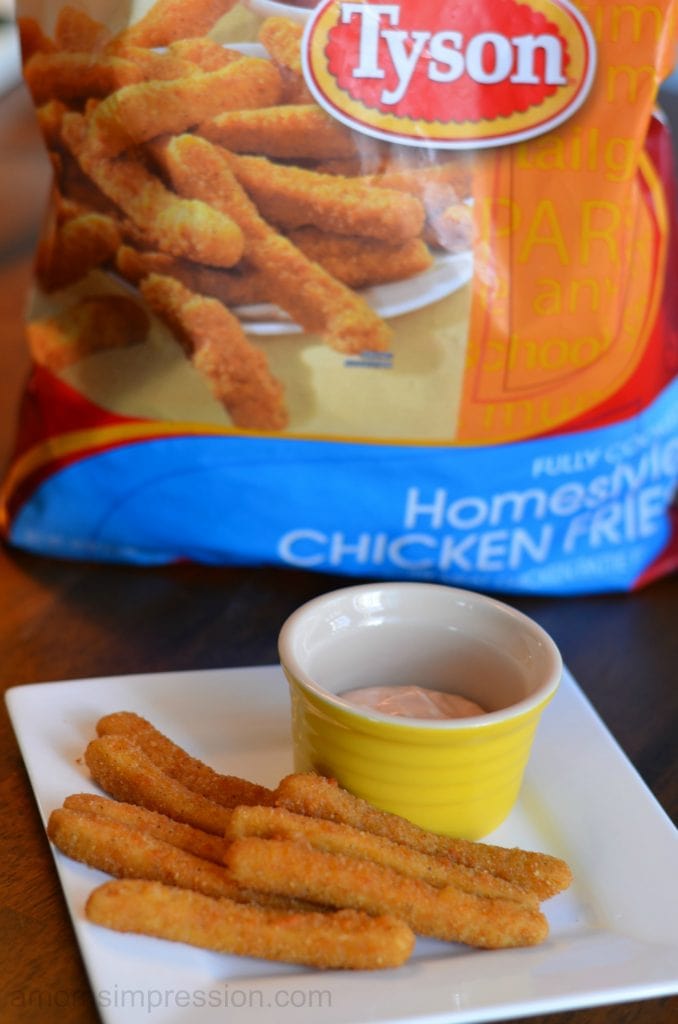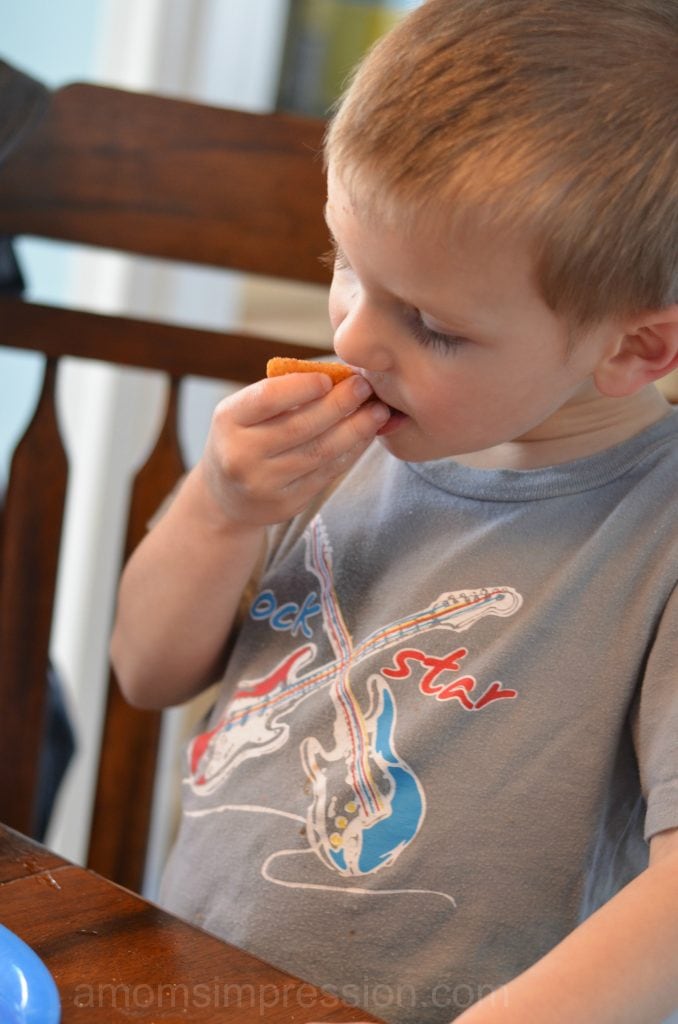[ | E-mail |
Contact: Michael Onesi
Michael.Onesi@queensu.ca
61-353-360-007-7513
Queen's University
Queen's University's Human Media Lab to unveil MorePhone at Paris conference
Researchers at Queen's University's Human Media Lab have developed a new smartphone called MorePhone which can morph its shape to give users a silent yet visual cue of an incoming phone call, text message or email.
"This is another step in the direction of radically new interaction techniques afforded by smartphones based on thin film, flexible display technologies" says Roel Vertegaal (School of Computing), director of the Human Media Lab at Queen's University who developed the flexible PaperPhone and PaperTab.
"Users are familiar with hearing their phone ring or feeling it vibrates in silent mode. One of the problems with current silent forms of notification is that users often miss notifications when not holding their phone. With MorePhone, they can leave their smartphone on the table and observe visual shape changes when someone is trying to contact them."
MorePhone is not a traditional smartphone. It is made of a thin, flexible electrophoretic display manufactured by Plastic Logic a British company and a world leader in plastic electronics. Sandwiched beneath the display are a number of shape memory alloy wires that contract when the phone notifies the user. This allows the phone to either curl either its entire body, or up to three individual corners. Each corner can be tailored to convey a particular message. For example, users can set the top right corner of the MorePhone to bend when receiving a text message, and the bottom right corner when receiving an email. Corners can also repeatedly bend up and down to convey messages of greater urgency.
Dr. Vertegaal thinks bendable, flexible cell phones are the future and MorePhones could be in the hands of consumers within five to 10 years. Queen's researchers will unveil the prototype at the ACM CHI 2013 (Computer-Human Interaction) in Paris on April 29th. The annual conference is the world's premier conference on all aspects of human-computer interaction.
MorePhone was developed by Dr. Vertegaal and his School of Computer students Antonio Gomes and Andrea Nesbitt.
###
For a video demonstration and high resolution photos of MorePhone visit: http://www.hml.queensu.ca/morephone
?
AAAS and EurekAlert! are not responsible for the accuracy of news releases posted to EurekAlert! by contributing institutions or for the use of any information through the EurekAlert! system.
[ | E-mail |
Contact: Michael Onesi
Michael.Onesi@queensu.ca
61-353-360-007-7513
Queen's University
Queen's University's Human Media Lab to unveil MorePhone at Paris conference
Researchers at Queen's University's Human Media Lab have developed a new smartphone called MorePhone which can morph its shape to give users a silent yet visual cue of an incoming phone call, text message or email.
"This is another step in the direction of radically new interaction techniques afforded by smartphones based on thin film, flexible display technologies" says Roel Vertegaal (School of Computing), director of the Human Media Lab at Queen's University who developed the flexible PaperPhone and PaperTab.
"Users are familiar with hearing their phone ring or feeling it vibrates in silent mode. One of the problems with current silent forms of notification is that users often miss notifications when not holding their phone. With MorePhone, they can leave their smartphone on the table and observe visual shape changes when someone is trying to contact them."
MorePhone is not a traditional smartphone. It is made of a thin, flexible electrophoretic display manufactured by Plastic Logic a British company and a world leader in plastic electronics. Sandwiched beneath the display are a number of shape memory alloy wires that contract when the phone notifies the user. This allows the phone to either curl either its entire body, or up to three individual corners. Each corner can be tailored to convey a particular message. For example, users can set the top right corner of the MorePhone to bend when receiving a text message, and the bottom right corner when receiving an email. Corners can also repeatedly bend up and down to convey messages of greater urgency.
Dr. Vertegaal thinks bendable, flexible cell phones are the future and MorePhones could be in the hands of consumers within five to 10 years. Queen's researchers will unveil the prototype at the ACM CHI 2013 (Computer-Human Interaction) in Paris on April 29th. The annual conference is the world's premier conference on all aspects of human-computer interaction.
MorePhone was developed by Dr. Vertegaal and his School of Computer students Antonio Gomes and Andrea Nesbitt.
###
For a video demonstration and high resolution photos of MorePhone visit: http://www.hml.queensu.ca/morephone
?
AAAS and EurekAlert! are not responsible for the accuracy of news releases posted to EurekAlert! by contributing institutions or for the use of any information through the EurekAlert! system.
Source: http://www.eurekalert.org/pub_releases/2013-04/qu-rsp042913.php
herniated disc luke scott tom benson royals nicole richie lyme disease symptoms esperanza spalding
 Today at Disrupt NY 2013, Foursquare founder and CEO Dennis Crowley denied rumors that growth was stagnant for Foursquare. “I think there?s a little bit of perception that we?re not growing,”?Crowley said.?”This is false.” In reality, March 2013 was the best month to date. When it comes to growth numbers, Crowley started by saying that “[they] don?t talk about growth numbers so much.” But Foursquare tracks the number of active users, monthly sign-ups, check-ins, web visitors, etc. “All of these numbers are up 10-30 percent,” Crowley said. Yet, Crowley was very candid about the situation the company is in right now. “We?re not the shiny new thing anymore,” he said. The company is currently trying to become the main location tech company and turn into a recommendation app for restaurants, bars, etc. “A lot of people understand what we?re trying to do, being the location layer on the Internet, but there are a lot of people that don?t,” Crowley said. “People are still skeptical,” he continued. “We are like that company that quietly pushes out big enhancements,” Crowley said. The company just wants to focus on improving the product and generating revenue, even if Foursquare receives negative thoughts from time to time. A good part of Crowley’s fireside chat was about busting rumors and stating that Foursquare is a focused company that is on a good path: “We’ve set ourselves up with nice ambitious targets, and we’re set to hit our goals.”
Today at Disrupt NY 2013, Foursquare founder and CEO Dennis Crowley denied rumors that growth was stagnant for Foursquare. “I think there?s a little bit of perception that we?re not growing,”?Crowley said.?”This is false.” In reality, March 2013 was the best month to date. When it comes to growth numbers, Crowley started by saying that “[they] don?t talk about growth numbers so much.” But Foursquare tracks the number of active users, monthly sign-ups, check-ins, web visitors, etc. “All of these numbers are up 10-30 percent,” Crowley said. Yet, Crowley was very candid about the situation the company is in right now. “We?re not the shiny new thing anymore,” he said. The company is currently trying to become the main location tech company and turn into a recommendation app for restaurants, bars, etc. “A lot of people understand what we?re trying to do, being the location layer on the Internet, but there are a lot of people that don?t,” Crowley said. “People are still skeptical,” he continued. “We are like that company that quietly pushes out big enhancements,” Crowley said. The company just wants to focus on improving the product and generating revenue, even if Foursquare receives negative thoughts from time to time. A good part of Crowley’s fireside chat was about busting rumors and stating that Foursquare is a focused company that is on a good path: “We’ve set ourselves up with nice ambitious targets, and we’re set to hit our goals.” By Mandy Schumaker ?
By Mandy Schumaker ? 












 In recent years many studies have shown just how burdensome?student loan?balances have become for millions of borrowers across the country, but new data shows they are likely also playing a role in those consumers? ability or desire to take on other types of?debt. That trend could have a serious negative impact on both the housing and the auto markets.
In recent years many studies have shown just how burdensome?student loan?balances have become for millions of borrowers across the country, but new data shows they are likely also playing a role in those consumers? ability or desire to take on other types of?debt. That trend could have a serious negative impact on both the housing and the auto markets. This, in turn, has likely led to a significant decline in?mortgage?borrowing, the report said. Once the recession hit, 30-year-olds with no student loan debt saw their homeownership rates start to decline far more quickly than those who had student loans.?But, once the effects of the downturn reached those who had previously been insulated by higher salaries, their decline was far more stark. Today, some 24% of 30-year-olds without student loan obligations have home loan debt. Prior to 2011, 30-year-olds with student loan debt had far higher ownership rates in every year since 2003.
This, in turn, has likely led to a significant decline in?mortgage?borrowing, the report said. Once the recession hit, 30-year-olds with no student loan debt saw their homeownership rates start to decline far more quickly than those who had student loans.?But, once the effects of the downturn reached those who had previously been insulated by higher salaries, their decline was far more stark. Today, some 24% of 30-year-olds without student loan obligations have home loan debt. Prior to 2011, 30-year-olds with student loan debt had far higher ownership rates in every year since 2003. Vertical blinds break far too easily. Fortunately, there's a cure: Weblog WonderHowTo points out that you can use a paper clip and some tape to fix a broken slat.
Vertical blinds break far too easily. Fortunately, there's a cure: Weblog WonderHowTo points out that you can use a paper clip and some tape to fix a broken slat. 